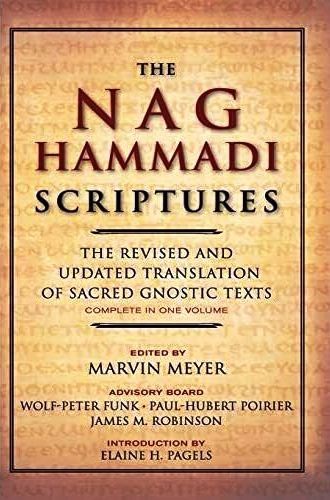|
How are We Saved?
 A group of us recently took part in some teaching on atonement theory, or, how we are saved by Christ. The group was keen for my conclusion to be published both for their reference and for general interest: A group of us recently took part in some teaching on atonement theory, or, how we are saved by Christ. The group was keen for my conclusion to be published both for their reference and for general interest:
Summing up in the simplest possible terms it can be said that Christ died for the sin of the world that we may participate in His suffering, His death and His resurrection. Through baptism we are in mystical communion with him; through his death we can become dead to our former, sinful selves; through him we can learn to move on from our mistakes and engage with an on-going process of transformation through divine grace by participation in the sacrament of the eternal paschal sacrifice: the Eucharist. We can progress towards a mystical unity that transcends death. In doing so, God's divine plan for the evolution of His creation through the absolute primacy of Christ can become fulfilled as we grow ever closer to Him, and accordingly it is saved from otherwise inevitable ruin
There is a gospel said to be written by Mary Magdalene, an early Christian text and the only one of its kind to be attributed to a woman. Unlikely to be what it claims to be, it is nevertheless a fascinating text and one line in it particularly stands out:
“Then Mary stood up... 'Do not weep and be distressed nor let your hearts be irresolute. For his grace will be with you all and will shelter you. Rather, we should praise his greatness, for he has prepared us and made us human beings'”
If you are interested in reading more, a good published version can be found in Meyer, The Nag Hammadi Scriptures, (Harper Collins, 2007) p737, and online at http://www.gnosis.org/library/marygosp.htm
Fr Tracy
Rev Tracy Williams
Team Vicar, Great Yarmouth Team Ministry
courtesy of Parish Life
|
|
|
|